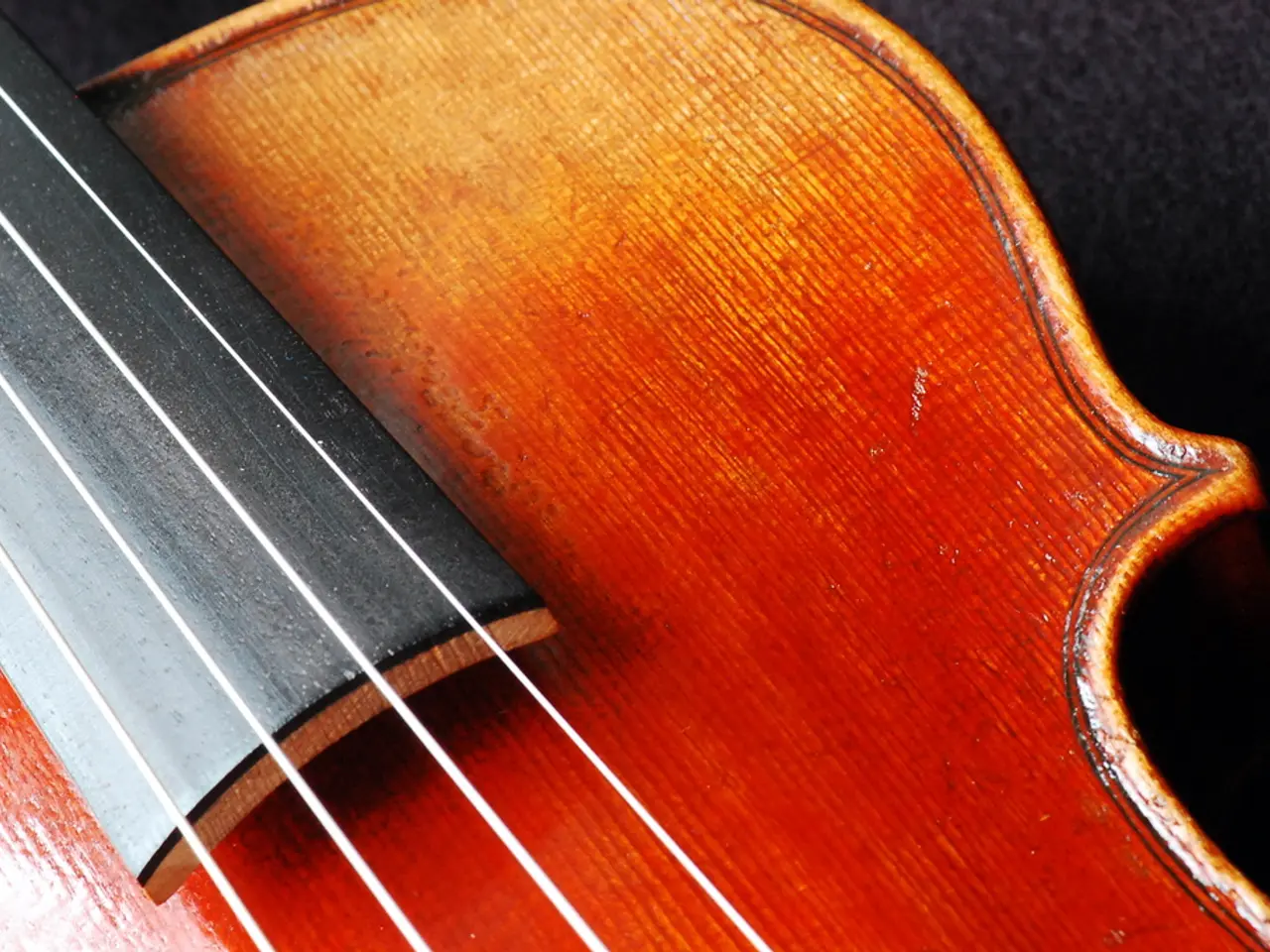Fundamental One-Hour Guitar Tutorial: Detailed Instructions for Starting Players
In this beginner's guide, we'll walk you through a structured course designed for absolute novices, helping you master the basics of playing the guitar.
Lesson 1: Getting Started
In the first lesson, students are introduced to the guitar's essential parts - the body, neck, frets, strings, headstock, and bridge. To get started, sit comfortably with good posture, ensuring your back is straight and feet are flat on the floor. Learn how to hold the guitar properly, resting it on your right thigh with the neck pointing slightly upward, and positioning your hands accordingly.
Lesson 2: Tuning Up
Understand standard tuning: E-A-D-G-B-E from low to high string. Pluck each string open and adjust the tuning pegs to match the green light or needle on a tuner app or online tuner. Check your tuning by playing the 5th fret of one string and ensuring it matches the open next string. Remember to tune every time you play as strings stretch over time.
Lesson 3: Learning Chords
Start by learning E minor (Em). Add G major (G) to your repertoire in the second step, followed by C major (C) and D major (D) in the third step.
Lesson 4: Strumming Patterns
Learn a basic down-strum by strumming downward across all strings. In the second step, practice a simple strumming pattern: Down-down-down-down on each beat. If available, use a metronome app set at 60 BPM. In the third step, add up-strums to your pattern: Down-up-down-up.
Lesson 5: Playing a Song
Learn to play "Horse with No Name" by America. Start by learning a simplified version of the D chord. In the second step, follow the chord progression for "Horse with No Name": Em (4 beats) - D var (4 beats) - repeat. In the third step, learn to play "Horse with No Name" slowly, pausing to switch chords if needed.
Lesson 6: Review and Next Steps
Review what you've learned, including basics, tuning, chords (Em, G, C, D), strumming, and a song. Congratulate yourself for your progress and encourage consistent practice. Practice daily for 10-15 minutes on chords and strumming. Explore free apps like Yousician or Justin Guitar for additional practice. In the final step, students are given suggestions for next steps, such as learning more chords, scales, and songs.
If you get stuck, don't hesitate to watch YouTube tutorials for further help. Remember, learning to play the guitar takes time and practice, but with dedication, you'll be strumming along to your favourite tunes in no time!
Equipment Needed
An acoustic or electric guitar, a guitar tuner (app or clip-on), and a pick (optional) are necessary for the course. Happy learning!
Read also:
- Peptide YY (PYY): Exploring its Role in Appetite Suppression, Intestinal Health, and Cognitive Links
- Toddler Health: Rotavirus Signs, Origins, and Potential Complications
- Digestive issues and heart discomfort: Root causes and associated health conditions
- House Infernos: Deadly Hazards Surpassing the Flames








